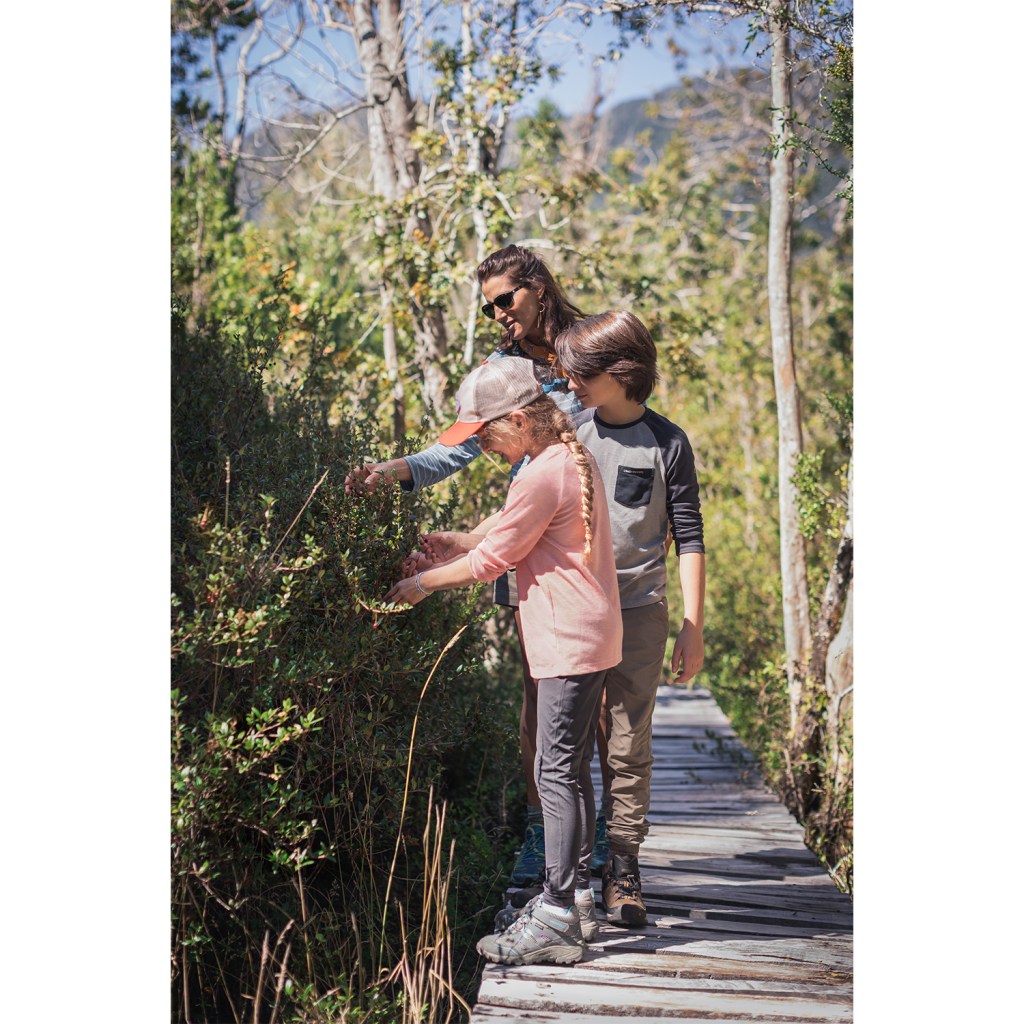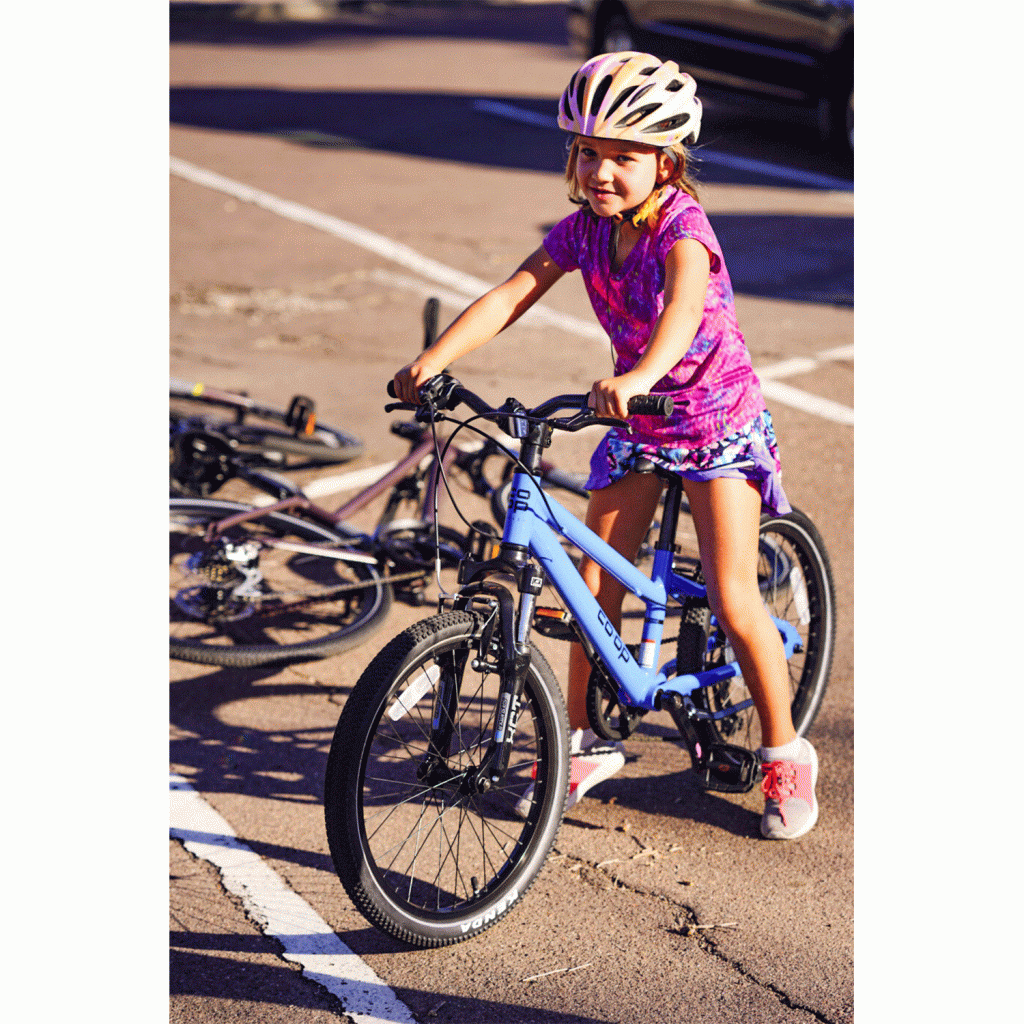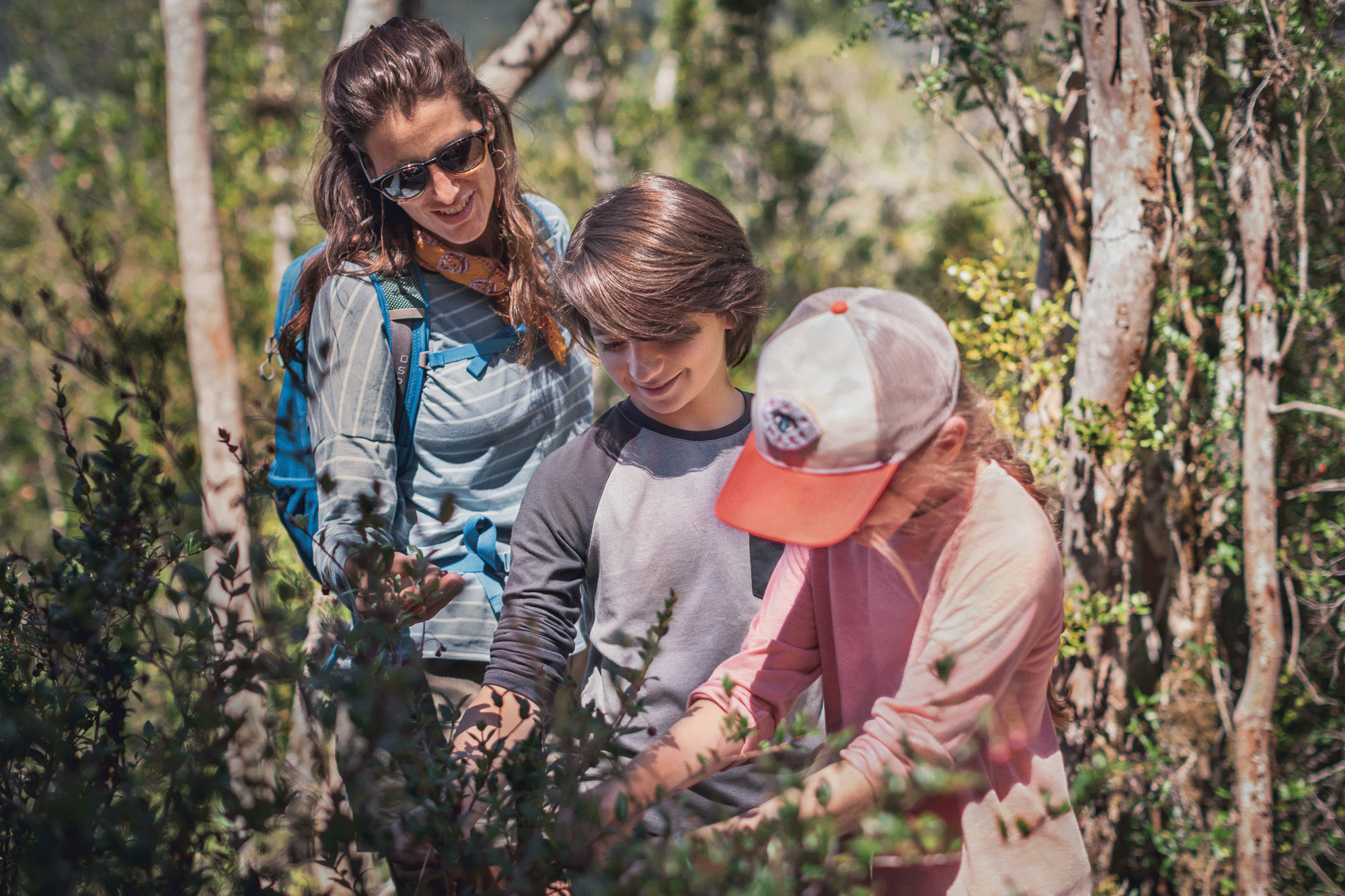Prioritizing your child’s nature fix is about more than burning off energy. Time outside can benefit your kiddo’s health, too.
Whether playing in a park, identifying bugs in the backyard or strolling city sidewalks, time outside has health benefits for tots and teens alike. While the research is still in its infancy, outdoor time has been linked to increased vitamin D levels (important for bone development) and decreased incidence of near-sightedness in children younger than 8, though it’s unclear if the benefits are strictly due to spending time outside, or other socioeconomic factors correlated with proximity to parks and green spaces. For adolescents, nature may provide mental health benefits.
Early research also shows that kids derive cognitive benefits from time outside. For instance, researchers from the University of Illinois at Urbana-Champaign found that a 20-minute walk in nature can boost concentration levels in children between 7 and 12 years old with ADHD.
Kids up to six years old should get 60 to 90 minutes of outdoor play daily, per the American Academy of Pediatrics. But like a recommended serving of veggies, that ideal amount can prove elusive.
In Washington state, preschool-age kids spend an average of about 30 minutes outside each day, said Amber Fyfe-Johnson, assistant research professor at Washington State University. Teens spend even less time outside. So how can you make sure your child is getting the recommended dose of the outdoors? Here are 10 tips to help you incorporate more nature time in your child’s life.
Don’t drive. Walk.
Enjoying a little extra fresh air can be as simple as strolling your street with your kiddo. And the destination doesn’t have to be an outdoor space. Get your nature fill as you walk to your local library, grocery store or public transit station. As an added challenge, make it a mandatory part of your day or week. “Make it a nonnegotiable,” Fyfe-Johnson said. That way, it becomes part of your family’s routine.
Investigate nature.
Ever marvel at the beauty of the vibrant, yellow-black garden spiders spinning webs? Or stop in your tracks to accommodate a slowly passing slug? Chances are, your child will find these creatures just as fascinating. Fyfe-Johnson suggests introducing your youngster to “normal outdoor life.” Exploring the natural world doesn’t have to involve an all-out expedition, she said. It can be as easy as counting the squirrels collecting acorns in your local park or naming a passing slug on the sidewalk.

Perch on the porch.
An apartment with a porch or balcony can provide quick access to the outdoors. On a clear day, use the space as a perch for identifying neat things in nature. Encourage your little one to talk about what they see—clouds, grass, rain, birds.
Fyfe-Johnson’s one caveat: Make sure your child is doing some kind of activity (like identifying what they see). Playing video games outdoors doesn’t count, she said. Your child should be engaged with their surroundings in order to reap the open-air benefits.
Create an effortlessly wild backyard.
Debating whether to landscape your entire backyard? Save yourself some money and put that debate to rest. A patch of overgrown grass or an area of untrimmed trees can become an imaginative playground for little ones (just make sure to outfit your kids in proper clothing to avoid insect bites).
Studies show children play more creatively in natural settings. Louise Chawla, a professor emerita in the Program in Environmental Design at the University of Colorado Boulder, encourages leaving a slice of your yard untouched to provide a perfect escape for kids to harness their creativity.
“Children have to engage in a very open way and use their imagination in terms of how they are going to play with sticks and leaves and dirt,” she said.
Take time to observe.
Outdoor exploration doesn’t have to involve a full-on adventure. Kevin O’Malley, lead naturalist and executive director at South Sound Nature School, suggests taking two or three minutes of quiet time outside with your child. Ask them to sit in silence (or as quietly as they can) for a minute or two. Afterward, ask them what they observed.
“You would not believe, after they learn how to do this, the things that they notice,” O’Malley said.
O’Malley said you can prompt kids with questions, like: “What do your feet feel like on the ground?” or “What direction is the wind coming from?”
Take a cue from your kid.
Children really are the best teachers when it comes to enjoying the natural world. O’Malley suggests mimicking your child’s behavior outside. Take them to a park or a trail and let them explore. If they run, run with them, if possible. Peek under rocks together. Stop for slugs. Skip.
“We’re childlike, not childish,” O’Malley said. “I get down on the ground with the kids. I’m playing with them, and it’s so fun. And the smile on my face is as big as theirs at times.”
You might find you walk away as happy as your tiny tot.
Find a green patch.
Short on space and time? Find a green patch. Any green patch will do.
O’Malley said that up until second grade, kids don’t need much. A small patch of grass—wherever you can find it—will suffice. Then employ one of the above practices, like identifying bugs, counting clouds or talking about the grass under your child’s feet.

Choose nature over playgrounds.
Though there is a time and place for a jungle gym, O’Malley encourages one-on-one, unstructured play.
“A nature walk is better than the playground because you’re engaged with your kid more,” he said.
Unstructured play also gives kids the opportunity to learn on their own. “We’re setting up a foundation for them having a place to go to and to learn and to actually learn on their own,” O’Malley added.
Let your child decide.
A fun way to engage your child outside is to let them decide. Fyfe-Johnson encourages parents to ask their child whether they’d like to do a destination hike or an exploration hike. An exploration hike includes ample time for peeking under rocks, stopping at streams and identifying leaves and bugs—with no specific destination in mind. Destination hikes are faster paced and have, well, a destination. Letting kids choose their adventure makes it fun for them.
Support park access.
Not every family has access to safe public parks, big backyards, walkable streets or an extra hour to devote to outdoor time. Access to public parks is still an issue for many families, especially in low-income neighborhoods. However, there are some groups working to bring more green space to folks across the U.S.
The 10-minute walk campaign, for instance, is an initiative spearheaded by the National Recreation and Park Association (NRPA), the Trust for Public Land (TPL) and the Urban Land Institute (ULI). The goal is to provide safe access to a park or green space within a 10-minute walk of home by 2050.
NRPA also leads other initiatives, like the Safe Routes to Parks campaign, to advocate for safe and equitable access to parks.
Fyfe-Johnson noted that these campaigns are still works in progress, but she and others are advocating to bring more parks to people. In the meantime, she suggested supporting leaders committed to improving park access.
